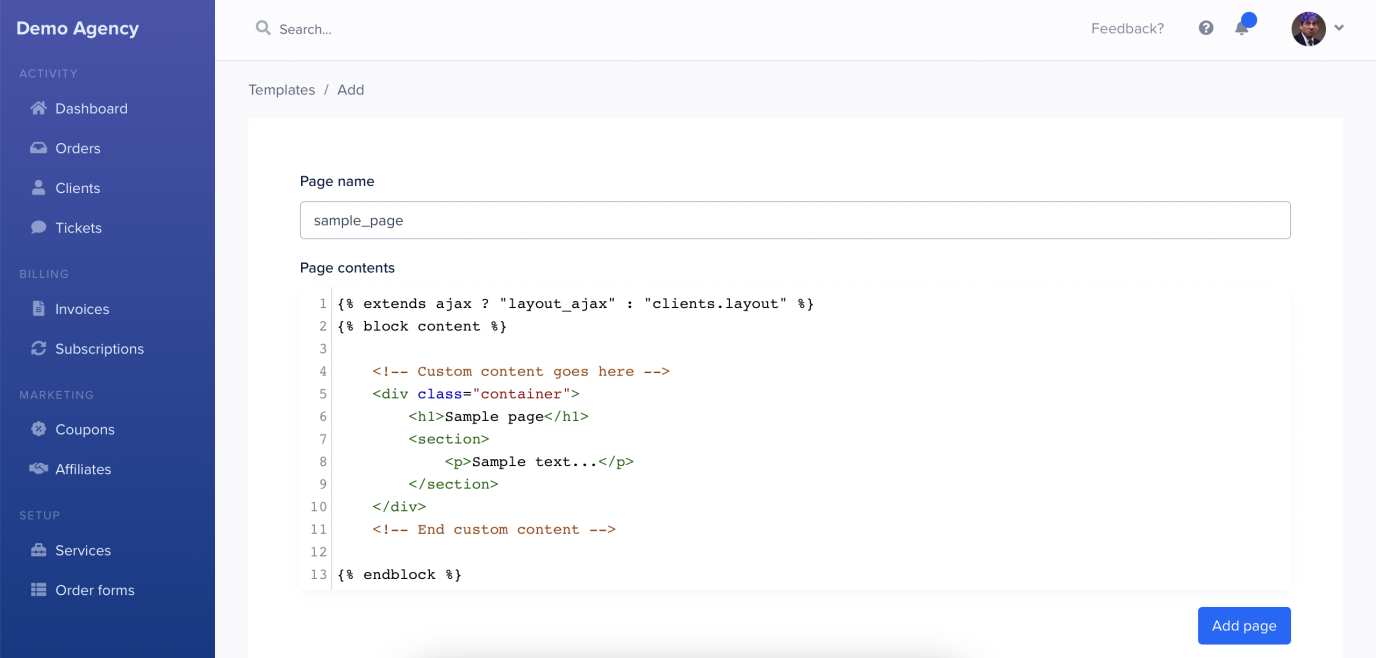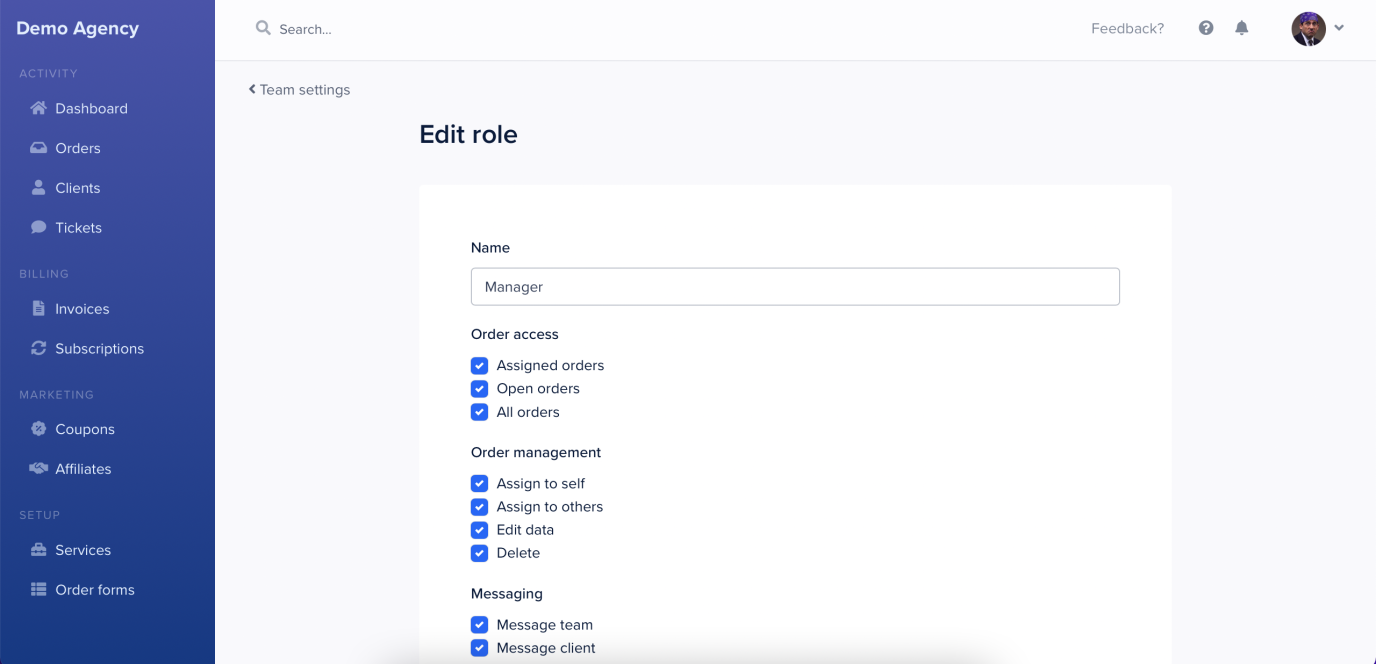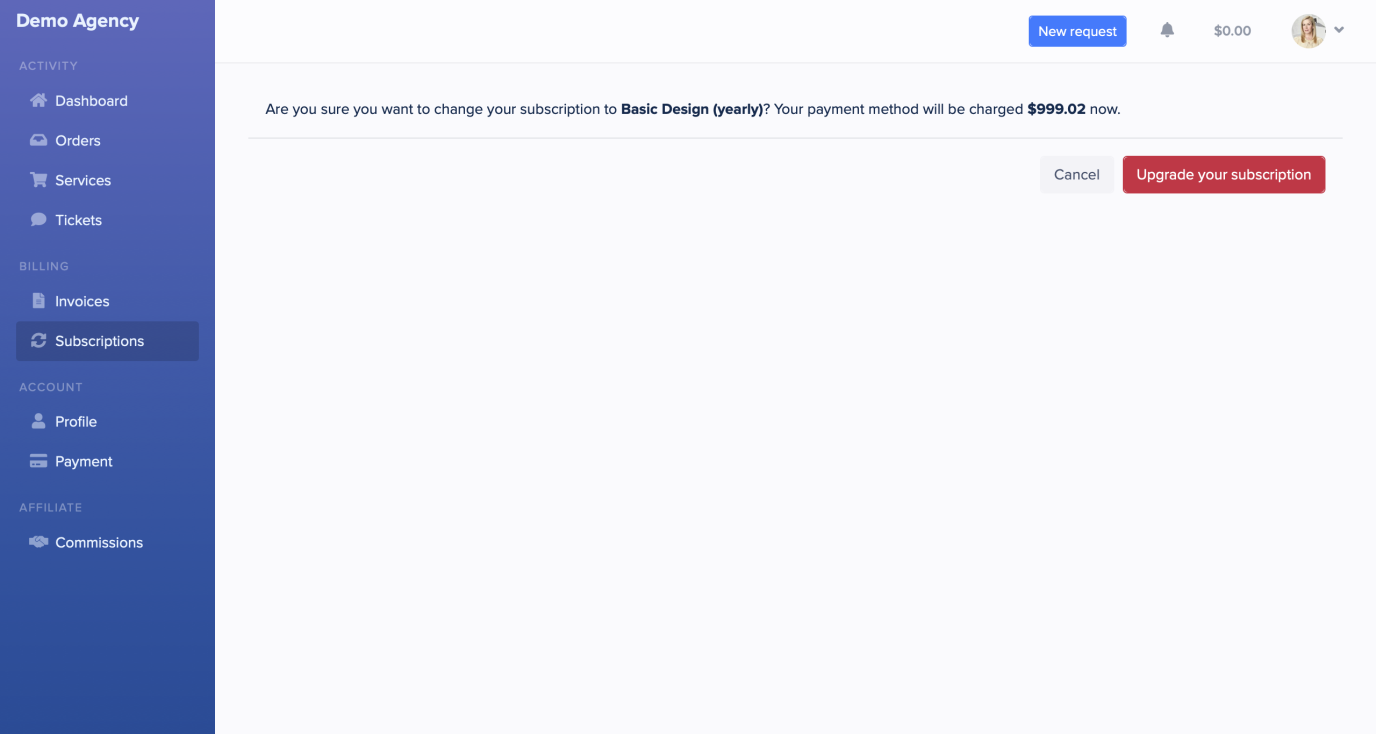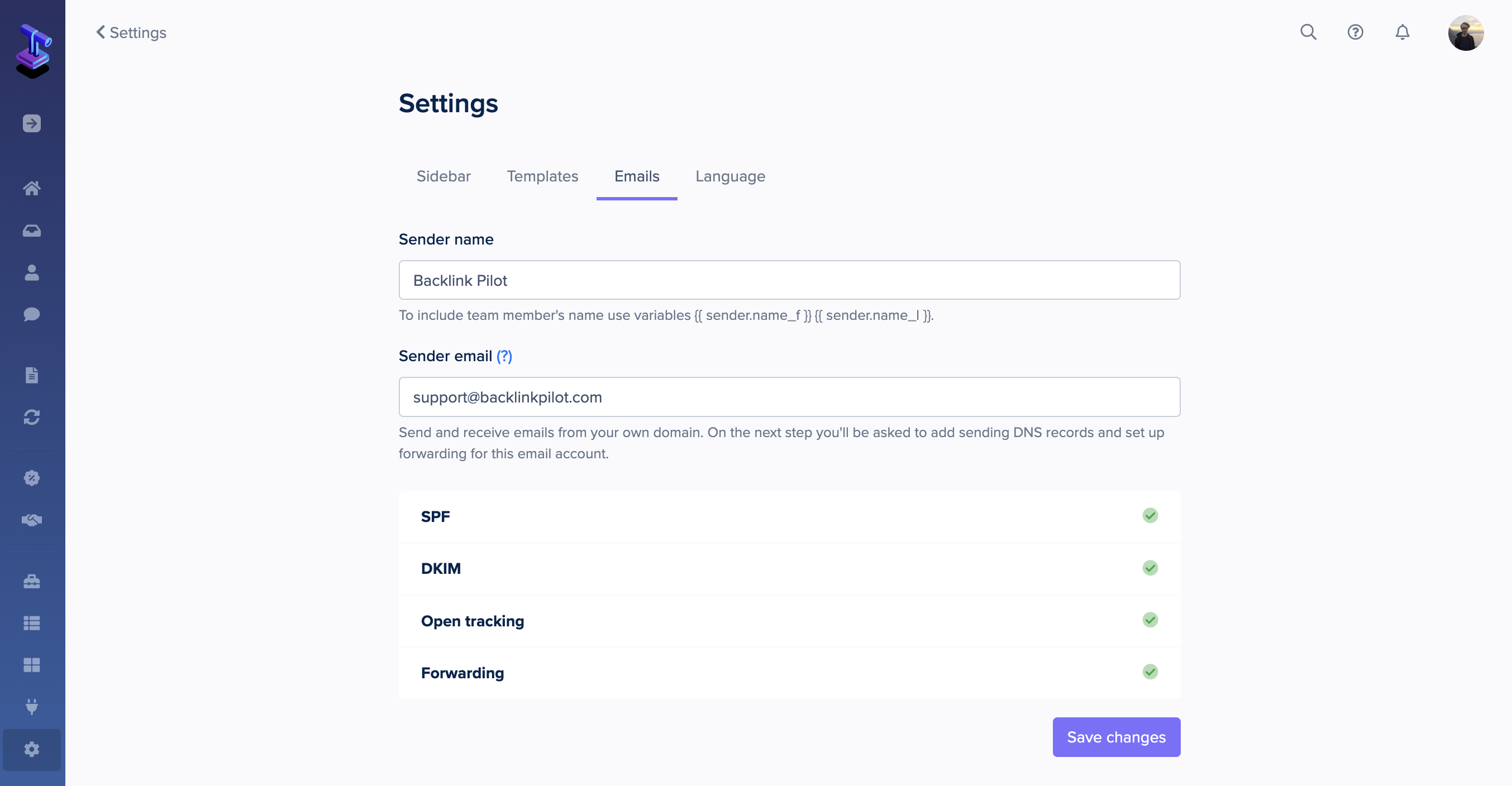10 Client Communication Best Practices to Make Use Of
Key points
- Setting clear expectations, providing regular updates, and actively listening to client feedback are essential components of successful client communication.
- Create a system for your agency’s communications, define roles for your team, and automate as much as possible.
- Consistency in communication, both in frequency and tone, helps build trust with clients.
If you run an agency, you probably spend a lot of time communicating with clients. And if you’re anything like most agency owners, you’ve probably had your fair share of misunderstandings.
If you want to keep clients happy, communication well is the key. After all, your agency is responsible for helping them achieve their goals.
In our experience, many agencies don’t have a clear client communication in place—and that often leads to frustrations for customers and their teams. So, how can you make sure that you’re communicating effectively with your clients?
In this guide, I’ll share some tips and best practices for better client communication.
1. Systematize your agency’s communications
Systematization is the key to making your agency’s processes repeatable and reliable at scale—and client communication is definitely a process.
To systematize your communications, start by documenting everything. This includes your agency’s communication policies and procedures regarding the “who”, “what”, “when”, and “how” of communication.

Then, make this documentation accessible to your team and clients. With your SPP client portal, you can easily add a sidebar option for documentation and a knowledge base covering client communication. This will help everyone involved stay on the same page and avoid miscommunications.
2. Define clear roles and responsibilities
With any process, you need to have a clear understanding of who is responsible for what. The same is true for client communication.
At your agency, who is responsible for communicating with specific clients? Is it the project manager? The account manager? The whole team? Be sure to answer this question before moving forward. Once you have a clear understanding of who is responsible for communication, you can start to delegate tasks and put systems in place.

With SPP, it’s easy to assign specific tasks to team members and track their progress. This way, you can be sure that the right person is always responsible for communication—and that tasks are getting done in a timely manner.
3. Schedule regular check-ins
One of the best ways to improve communication with your clients is to schedule regular check-ins—both formal and informal.
Formal check-ins could be weekly or bi-weekly calls or video conferences. These meetings should have a specific agenda and purpose. They’re an opportunity to deliver updates, answer questions, and get feedback from your clients.

Informal check-ins can be anything from a quick chat over email or Slack to grabbing coffee when you’re both in the same city. The goal of these interactions is simply to check in and see how things are going. They’re an opportunity to build relationships and get a pulse on how your clients are feeling.
4. Integrate communication into other workflows
To avoid miscommunications, you need to integrate client communication into your agency’s other workflows—things like:
account management
By integrating communication into these workflows, you can avoid silos and ensure that everyone is on the same page.
With SPP, this integration is easy—your client email threads are visible across your client portal. This makes it easy to communicate with the full context of your clients and their orders in mind.
5. Give your clients self-service options
This might not seem relevant to effective client communication—but hear me out!
One of the best ways to improve communication with your clients is to give them self-service options. This means giving them the ability to access the information and resources they need without having to rely on your team.
If you don’t have self-service options available, you’re putting unnecessary pressure on you and your team to be reachable 24/7.

A client portal is the perfect way to give your clients self-service options. With SPP, your clients can easily access their project information, documentation, invoices, and more—all in one place.
6. Encourage feedback and act on it
Feedback is essential for any relationship—including the client-agency relationship. It’s the only way to know if you’re meeting your clients’ needs and expectations.
Encourage feedback from your clients at every opportunity. This could be through formal channels, like client satisfaction surveys, or informal channels, like quick conversations after meetings.
Then, take this feedback and use it to improve your communication strategies. If you’re not getting the results you want, make changes until you find a communication style that works for both you and your clients.
7. Automate where possible
With any process, there’s always room for automation. And client communication is no different.
There are many ways you can automate your client communication, from setting up automatic reminders to sending out weekly reports. Automation can help you save time and be more efficient in your communication.

With SPP, you can automate many of your client communication tasks with our integrations or via Zapier. This includes things like sending out project updates or billing reminders. That way, you can focus on the tasks that require a personal touch.
Get Integration Help
Another important aspect is to automate the client onboarding because it takes time off your team’s hands. Instead of onboarding every customer manually, let them onboard themselves, and give it a bit of human touch to elevate the experience.
8. Be concise and clear
One of the best ways to be a better communicator is to deliver information and express your thoughts in an easy-to-digest way.
To do that, carefully choose words and stay away from complicated diction. Explain your stance and point of view using the correct number of words. Remember to keep your client’s authority and relevance in mind when send them emails.
You should also do this with any new clients you acquire, right from the start of the onboarding process. This will ensure a positive client experience from the start.
9. Be aware of your tone
The tone of voice is fundamental for effective communication with clients. How you use them in conversation will likely reflect the hidden connotations that can always be interpreted in various ways. Ensure your tone isn’t strict, reluctant, or harsh unless you mean it.
Clients are always the happiest when your communication style is professional—and you can achieve this by being sincere and confident. Use language that is unbiased and non-discriminatory, and avoid an accusing tone.
10. Be an active listener
Active listening can help you absorb clients’ instructions more precisely. As an active listener, you’ll be able to clarify any doubts on time, ask critical questions, and ensure you understand the client.
Listening actively can also help avoid confusion and prevent project delays due to inefficient information absorption. It also enables you to keep your team more productive, reduce the time and effort needed to finish a client project, improve your communication, and build a better business relationship with every client.
Abide by your client communication best practices
If you’re looking for ways to simplify and streamline client communication, consider investing in a great software stack along with simple rules to follow. Automate as much as you can and create a guide for your team so that they communicate effectively with clients from the first day they start in your agency.




